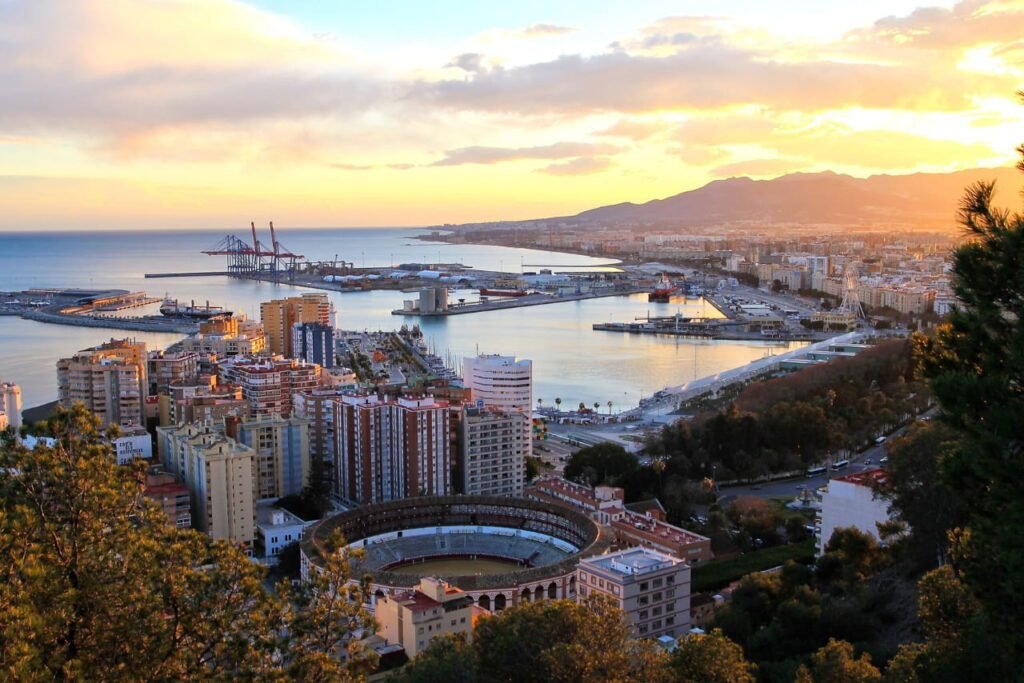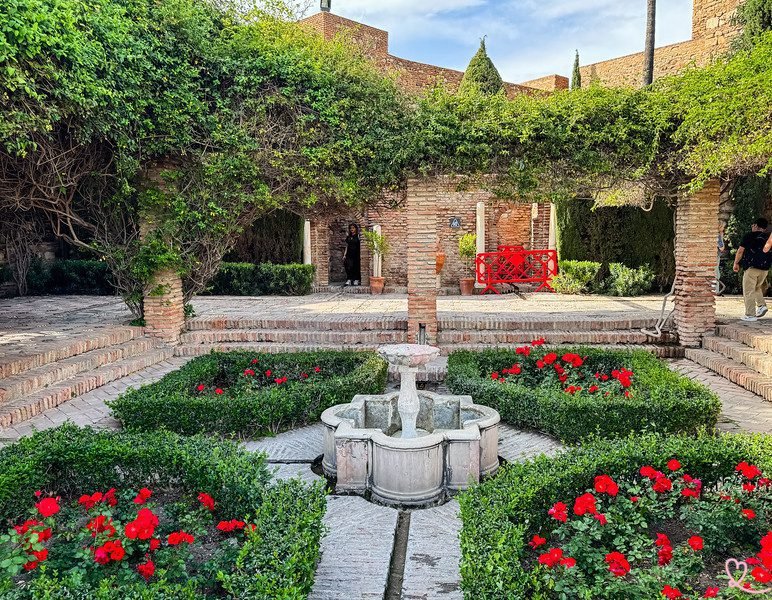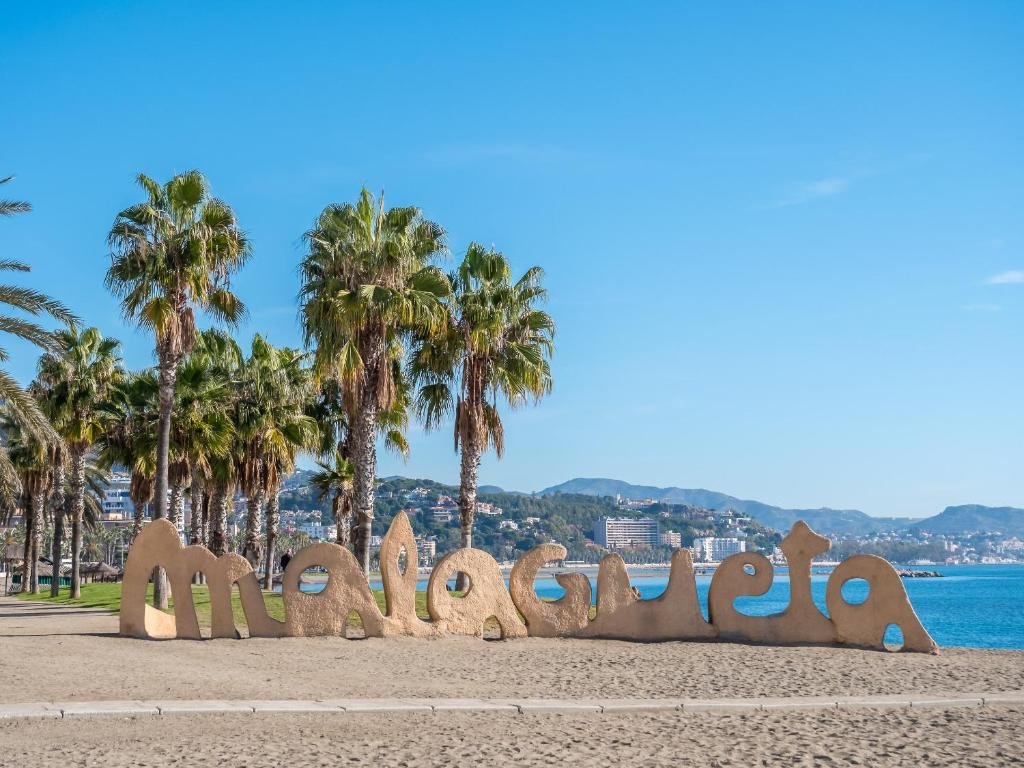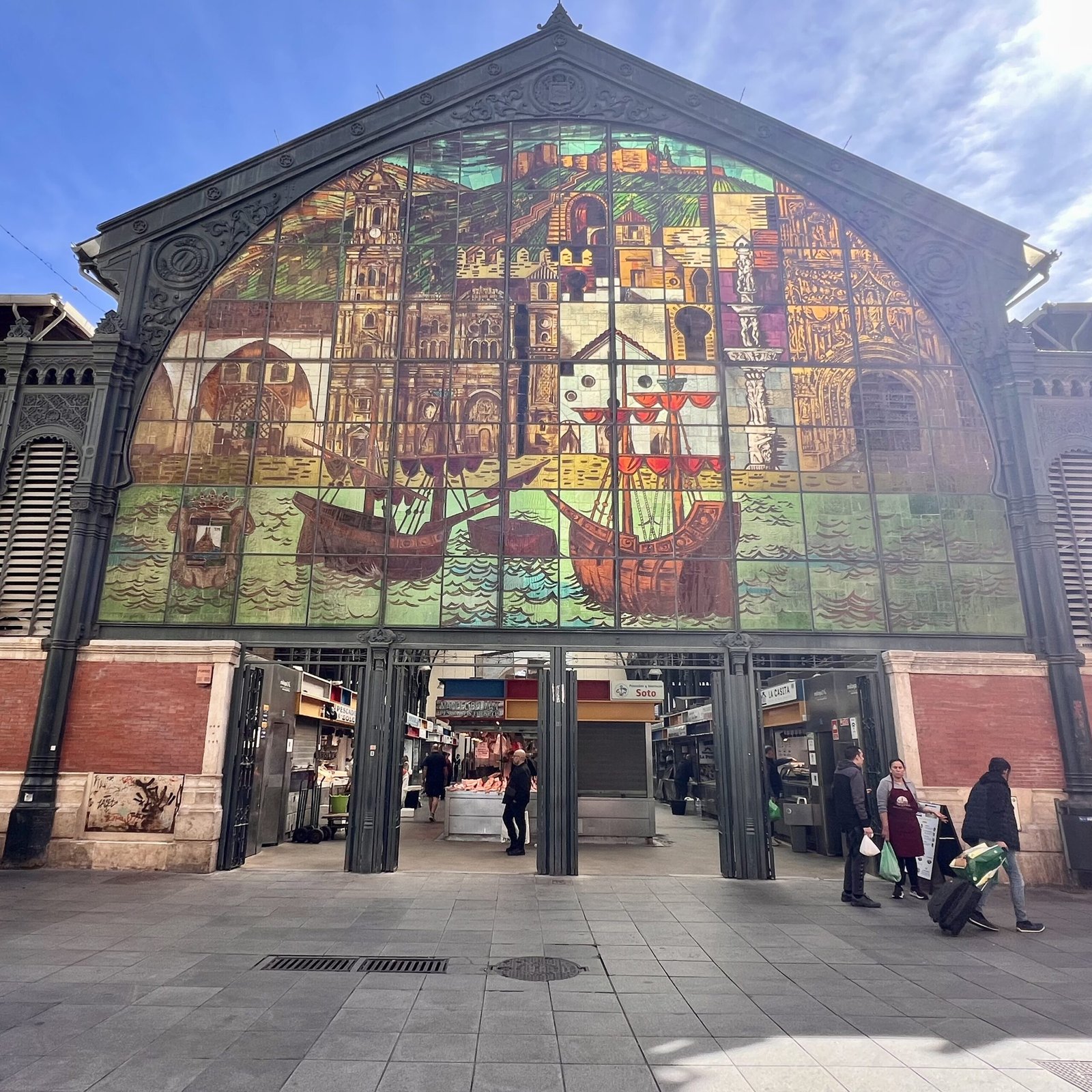Must see in Malaga
Hey, have you ever wondered how easy travelling can be? Well, with 2BHoliday, it’s a breeze!
We’ll sort out your accommodation, car, and leisure activities, and we’ll give you some great suggestions on how to spend your days on the Costa del Sol.
Introduction to Malaga
Malaga, a vibrant city situated on the Costa del Sol, is rich in history and culture, offering a variety of must-visit attractions that cater to different interests. One of the most iconic historical sites is the Alcazaba, a well-preserved Moorish fortress that dates back to the 11th century.
Another prominent landmark is the Cathedral of Malaga, commonly referred to as «La Manquita» due to its unfinished second tower. It is open for visitors, with entry fees generally ranging from €5 to €8. Be sure to check the opening hours as they can vary seasonally.
Art enthusiasts shouldn’t miss the Picasso Museum, honoring the city’s native son, Pablo Picasso. Just a short walk away is the Thyssen Museum, which houses a remarkable assortment of 19th-century paintings, allowing visitors to appreciate a different facet of Spanish art history.
For those yearning for natural beauty, La Malagueta Beach offers a picturesque shoreline where visitors can relax or indulge in beachfront eateries. Additionally, Caminito del Rey, a breathtaking walkway set atop steep cliffs, is an exhilarating option for adventure seekers.
Where to Eat in Malaga: Culinary Delights
Malaga, a vibrant coastal city in southern Spain, boasts a rich culinary scene that reflects its cultural heritage and Mediterranean location. Visitors can indulge in an array of traditional Andalusian dishes that capture the essence of the region’s flavors. One of the must-try dishes is pescaito frito, a delightful assortment of fried fish, often enjoyed with a side of refreshing salad.
A must-try when visiting Málaga, are Espetos, one of Málaga’s most iconic dishes. These are fresh sardines skewered on a wooden stick and grilled over an open flame. The fish is seasoned simply with salt, giving it a delicious smoky flavor. You will find it in Chiringuitos in El palo and Pedregalejo (beach bars) : These seaside restaurants are the best places to enjoy espetos, grilled right in front of you.
Tapas, the iconic Spanish small plates, popular choices include patatas bravas (spicy potatoes), jamón ibérico (Iberian ham), and tortilla española (Spanish omelet). For a truly authentic experience, consider dining at establishments like El Pimpi, and many more, a renowned eatery that offers both a vibrant ambiance and a classic selection of Andalusian tapas.
The Mercado de Atarazanas stands out as a must-visit for food enthusiasts. This local market is teeming with fresh produce, artisanal products, and a selection of seafood that reflects the area’s fishing heritage. Strolling through the market, visitors can sample local olives, cheese, and more, immersing themselves in the region’s flavors.
Entertainment and Nightlife in Malaga
Malaga boasts a vibrant entertainment and nightlife scene, offering visitors a variety of options to enjoy both traditional and contemporary cultural experiences. Central to its nighttime allure are the numerous bars and clubs that populate the city, each providing a unique ambiance suited to different tastes. Popular nightlife districts include the Soho area, known for its artistic vibe, and the historic center, where numerous venues are lined along picturesque cobbled streets.
For those interested in experiencing authentic local culture, attending a live Flamenco show is a must. Venues such as Casa Lola and Tablao El Pimpi host regular performances, showcasing the passionate art form that signifies Andalusian heritage. These shows often include dinner options, allowing guests to indulge in traditional Spanish cuisine while enjoying the vibrant dance and music.
Outdoor festivals also contribute to the lively atmosphere, notably the popular Feria de Malaga, which features concerts, street parties, and parades that celebrate the city’s diverse culture.
Tips for Visiting Malaga
The best time to visit Malaga is during the shoulder seasons—spring (April to June) and fall (September to October)—when the weather is pleasant, and tourist crowds are thinner. This makes sightseeing and outdoor activities more enjoyable. However, summer, with its vibrant atmosphere, is also appealing, particularly for those who appreciate beach life and cultural festivals.
Dining customs differ as well; meals are typically served later in Malaga, with lunch around 2-3 PM and dinner after 9 PM. As for transportation, Malaga boasts a reliable public transport system, including buses and a light rail service that connects key areas. Visitors can also rent cars for greater flexibility, but parking can be challenging in busy parts of the city.
In conclusion, Málaga is a city that beautifully combines history, culture, and stunning natural beauty.
Whether you’re a history buff, a food lover, or someone simply looking to relax by the sea, Málaga promises an unforgettable experience. It’s a place where the past meets the present in the most delightful ways, making it an ideal destination for your next getaway.






